Shangzhen Luan
Object detection and tracking benchmark in industry based on improved correlation filter
Jun 12, 2018
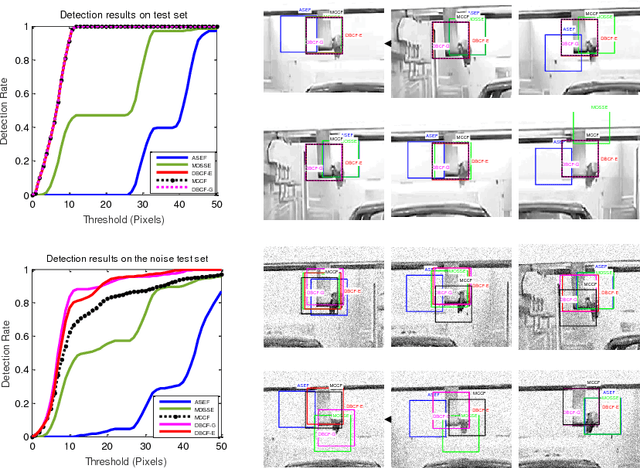
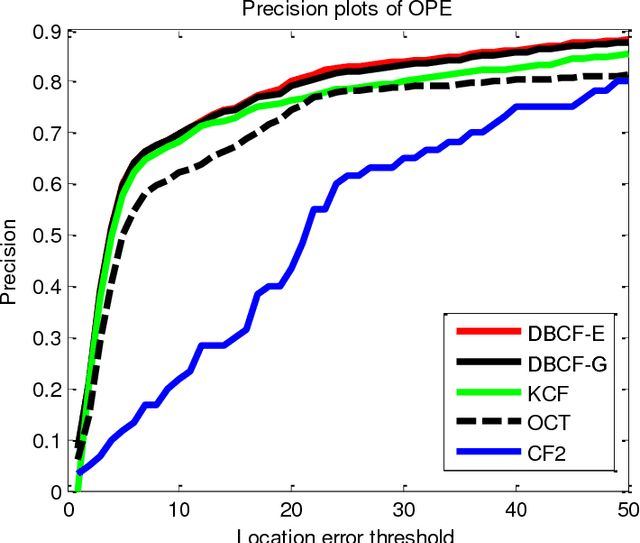
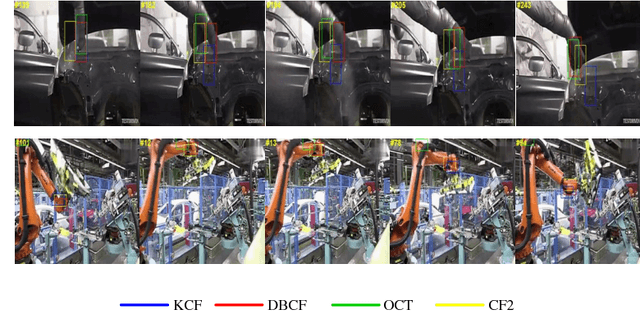
Abstract:Real-time object detection and tracking have shown to be the basis of intelligent production for industrial 4.0 applications. It is a challenging task because of various distorted data in complex industrial setting. The correlation filter (CF) has been used to trade off the low-cost computation and high performance. However, traditional CF training strategy can not get satisfied performance for the various industrial data; because the simple sampling(bagging) during training process will not find the exact solutions in a data space with a large diversity. In this paper, we propose Dijkstra-distance based correlation filters (DBCF), which establishes a new learning framework that embeds distribution-related constraints into the multi-channel correlation filters (MCCF). DBCF is able to handle the huge variations existing in the industrial data by improving those constraints based on the shortest path among all solutions. To evaluate DBCF, we build a new dataset as the benchmark for industrial 4.0 application. Extensive experiments demonstrate that DBCF produces high performance and exceeds the state-of-the-art methods. The dataset and source code can be found at https://github.com/bczhangbczhang
Gabor Convolutional Networks
Jan 29, 2018



Abstract:Steerable properties dominate the design of traditional filters, e.g., Gabor filters, and endow features the capability of dealing with spatial transformations. However, such excellent properties have not been well explored in the popular deep convolutional neural networks (DCNNs). In this paper, we propose a new deep model, termed Gabor Convolutional Networks (GCNs or Gabor CNNs), which incorporates Gabor filters into DCNNs to enhance the resistance of deep learned features to the orientation and scale changes. By only manipulating the basic element of DCNNs based on Gabor filters, i.e., the convolution operator, GCNs can be easily implemented and are compatible with any popular deep learning architecture. Experimental results demonstrate the super capability of our algorithm in recognizing objects, where the scale and rotation changes occur frequently. The proposed GCNs have much fewer learnable network parameters, and thus is easier to train with an end-to-end pipeline.
Latent Constrained Correlation Filter
Nov 11, 2017
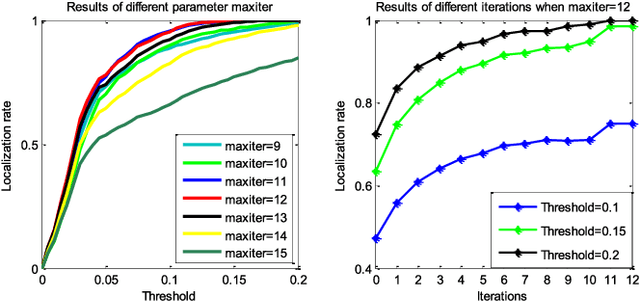
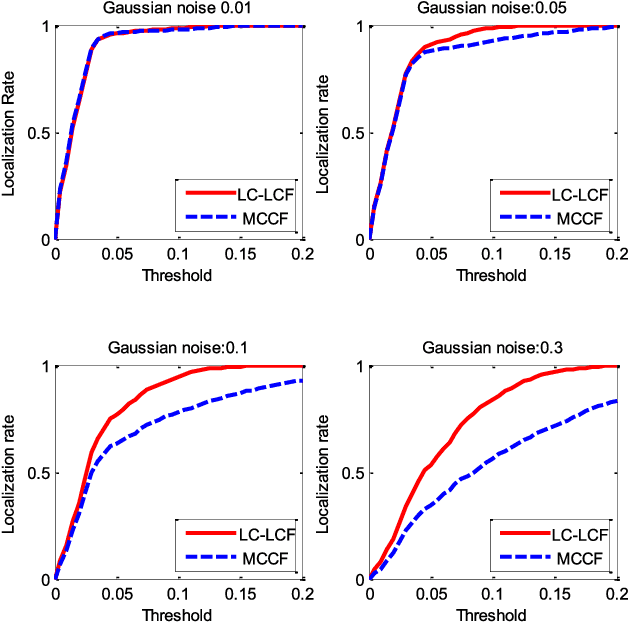
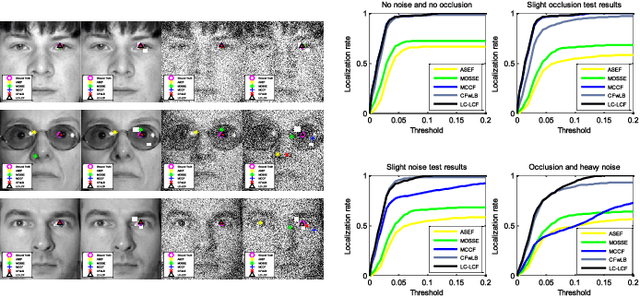
Abstract:Correlation filters are special classifiers designed for shift-invariant object recognition, which are robust to pattern distortions. The recent literature shows that combining a set of sub-filters trained based on a single or a small group of images obtains the best performance. The idea is equivalent to estimating variable distribution based on the data sampling (bagging), which can be interpreted as finding solutions (variable distribution approximation) directly from sampled data space. However, this methodology fails to account for the variations existed in the data. In this paper, we introduce an intermediate step -- solution sampling -- after the data sampling step to form a subspace, in which an optimal solution can be estimated. More specifically, we propose a new method, named latent constrained correlation filters (LCCF), by mapping the correlation filters to a given latent subspace, and develop a new learning framework in the latent subspace that embeds distribution-related constraints into the original problem. To solve the optimization problem, we introduce a subspace based alternating direction method of multipliers (SADMM), which is proven to converge at the saddle point. Our approach is successfully applied to three different tasks, including eye localization, car detection and object tracking. Extensive experiments demonstrate that LCCF outperforms the state-of-the-art methods. The source code will be publicly available. https://github.com/bczhangbczhang/.
Latent Constrained Correlation Filters for Object Localization
Jun 03, 2017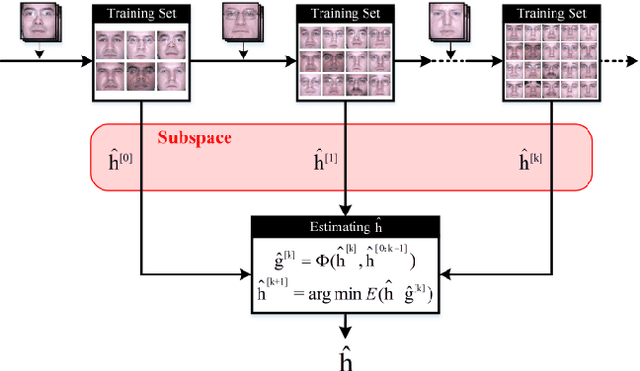
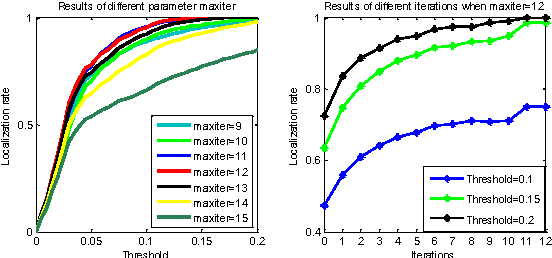
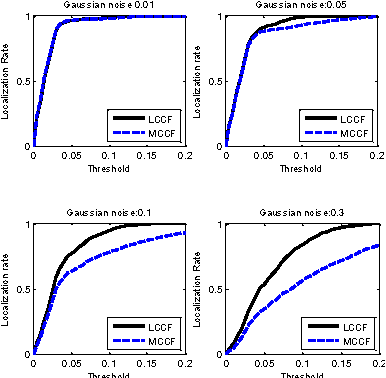
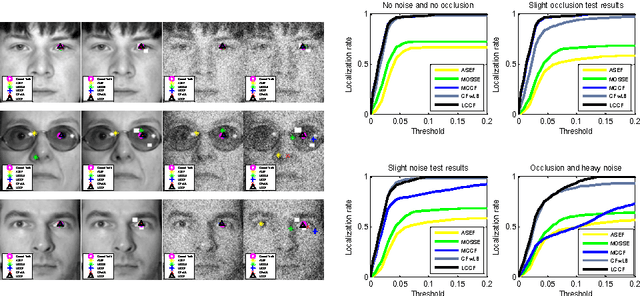
Abstract:There is a neglected fact in the traditional machine learning methods that the data sampling can actually lead to the solution sampling. We consider this observation to be important because having the solution sampling available makes the variable distribution estimation, which is a problem in many learning-related applications, more tractable. In this paper, we implement this idea on correlation filter, which has attracted much attention in the past few years due to its high performance with a low computational cost. More specifically, we propose a new method, named latent constrained correlation filters (LCCF) by mapping the correlation filters to a given latent subspace, in which we establish a new learning framework that embeds distribution-related constraints into the original problem. We further introduce a subspace based alternating direction method of multipliers (SADMM) to efficiently solve the optimization problem, which is proved to converge at the saddle point. Our approach is successfully applied to two different tasks inclduing eye localization and car detection. Extensive experiments demonstrate that LCCF outperforms the state-of-the-art methods when samples are suffered from noise and occlusion.
 Add to Chrome
Add to Chrome Add to Firefox
Add to Firefox Add to Edge
Add to Edge